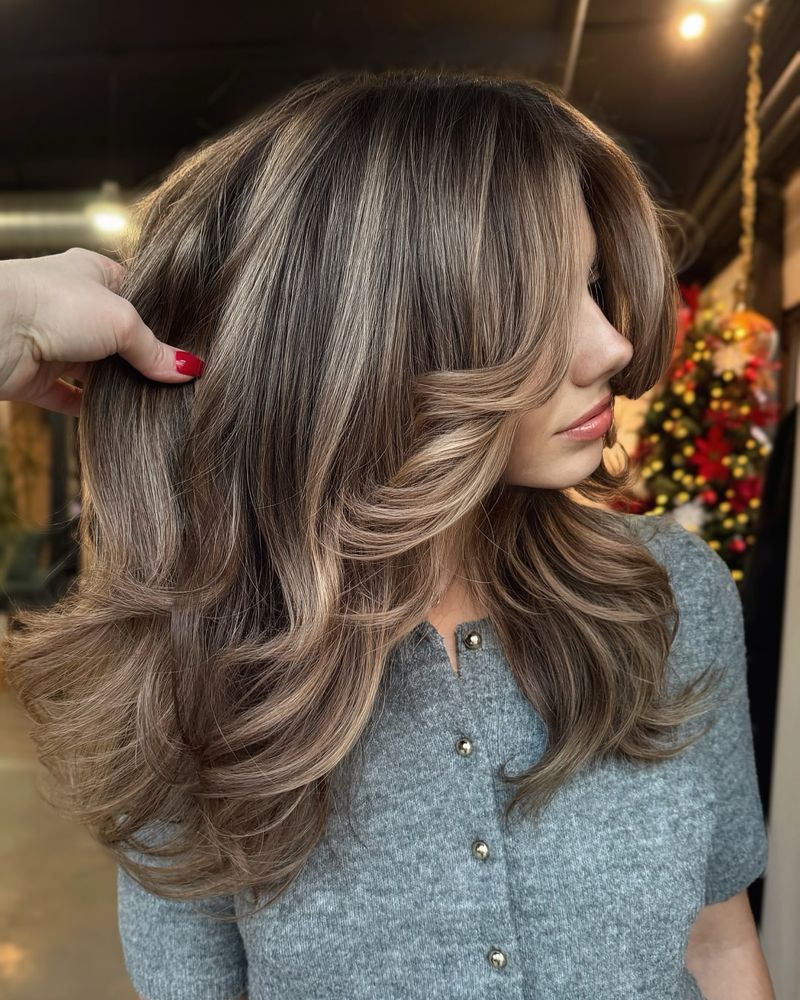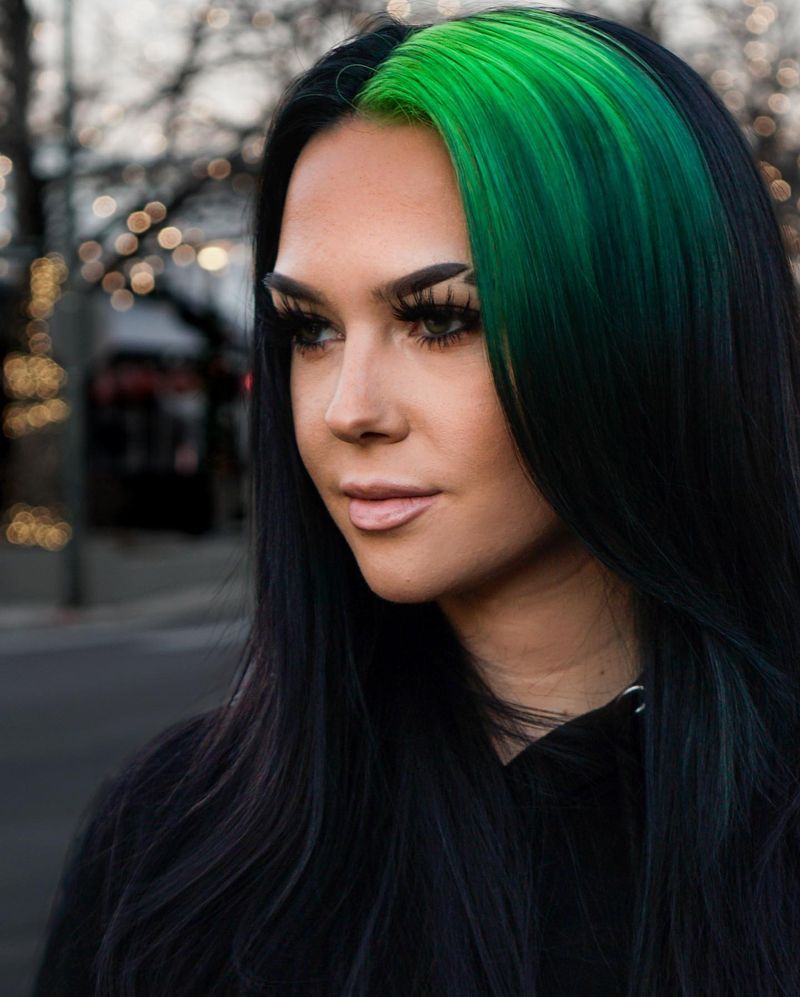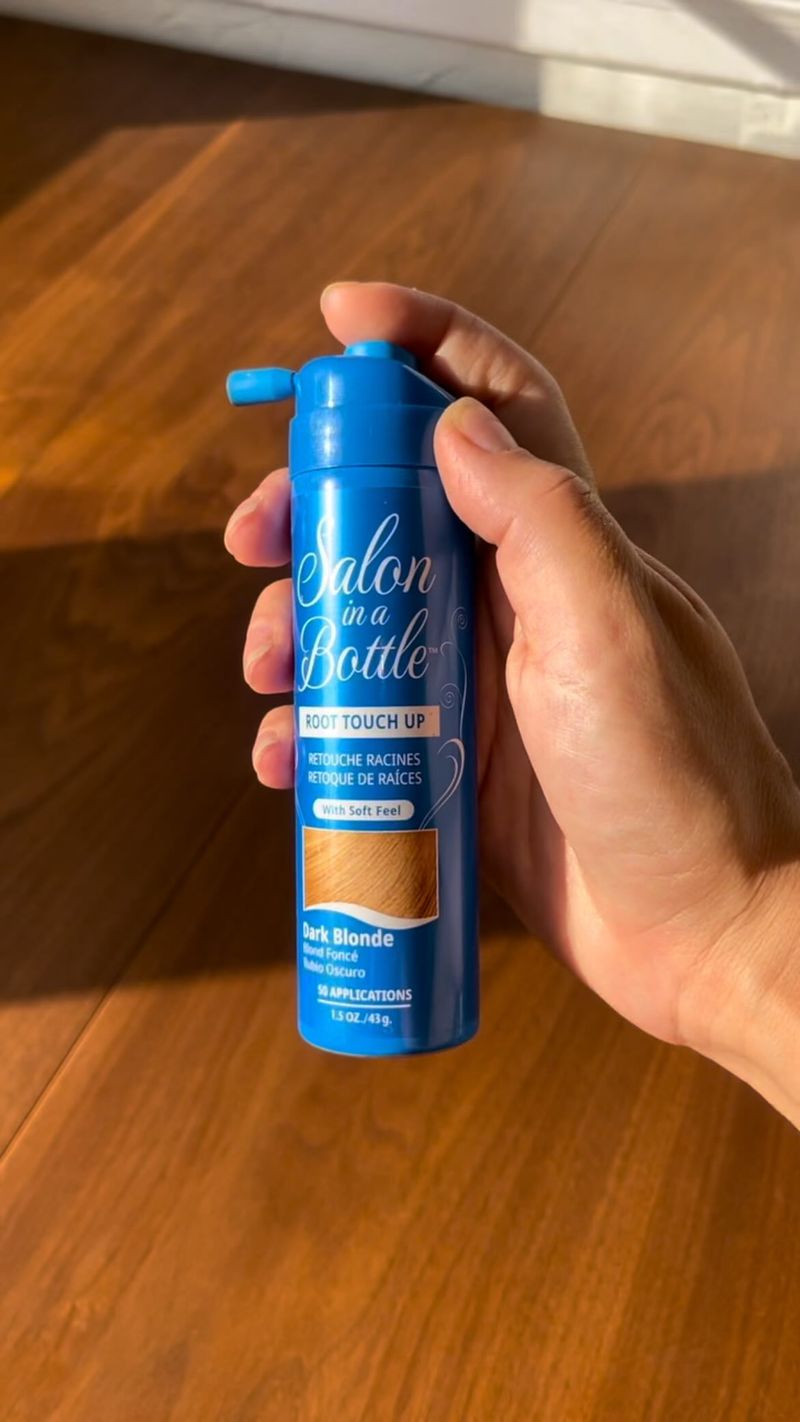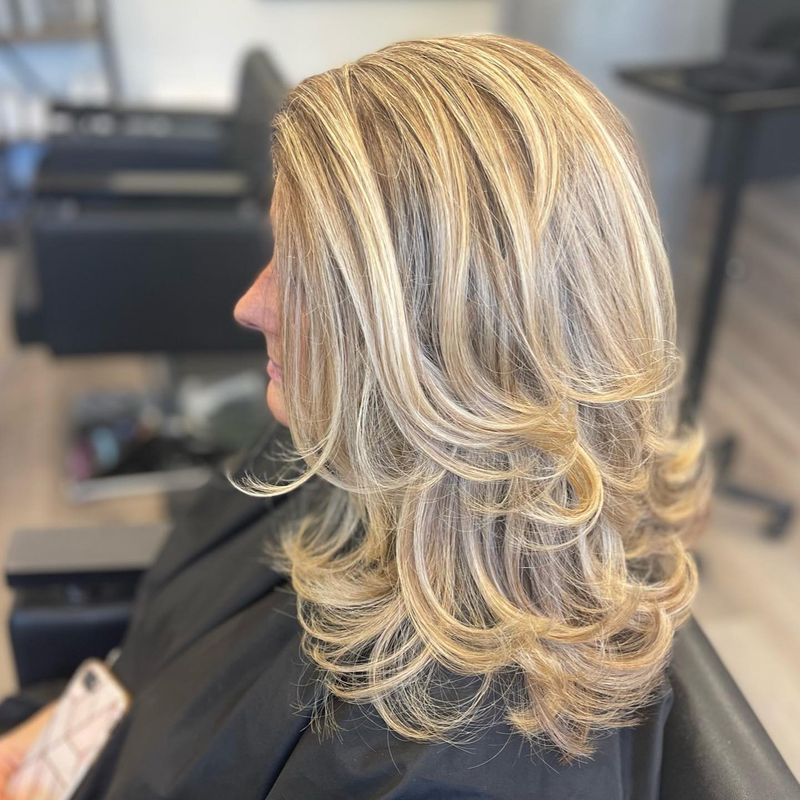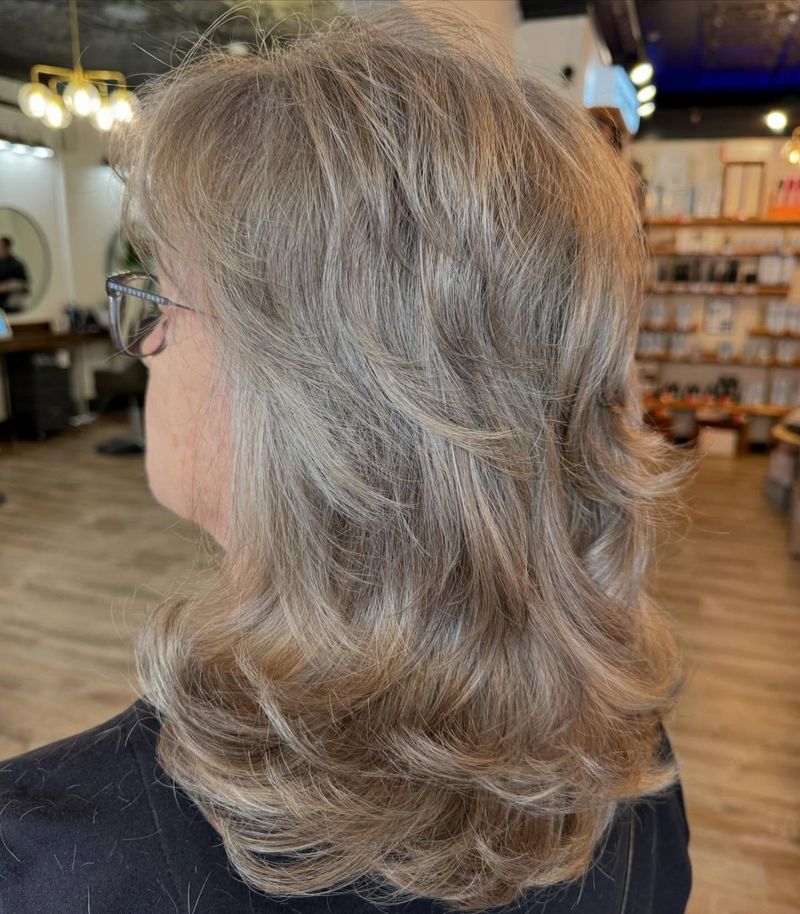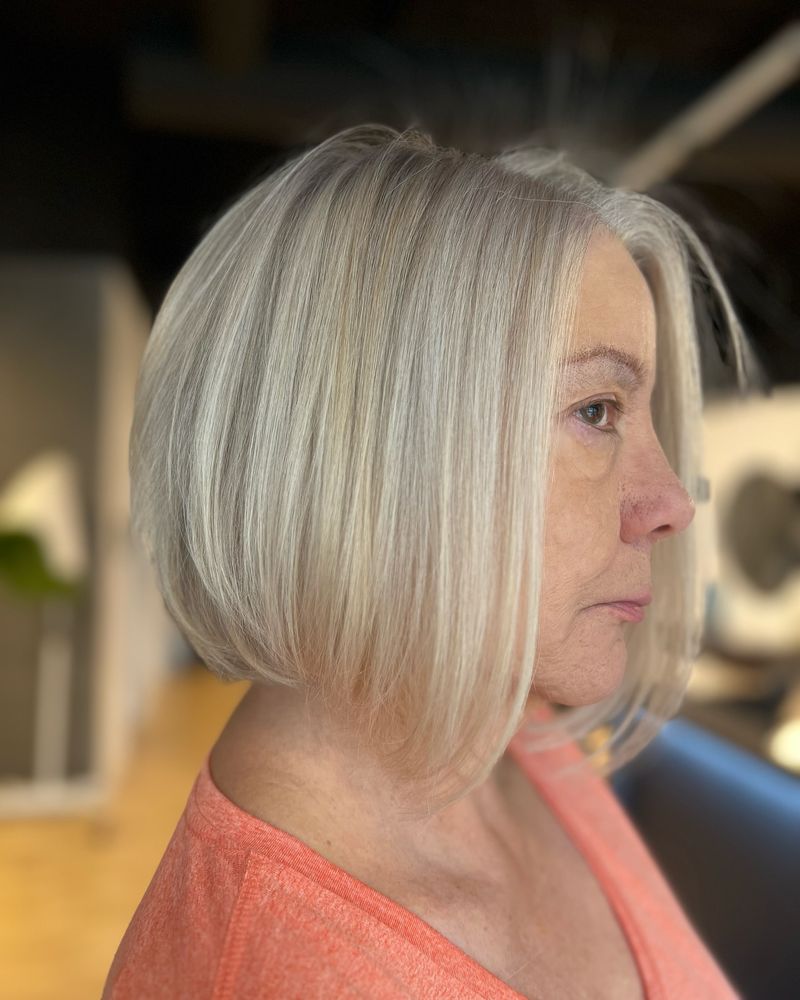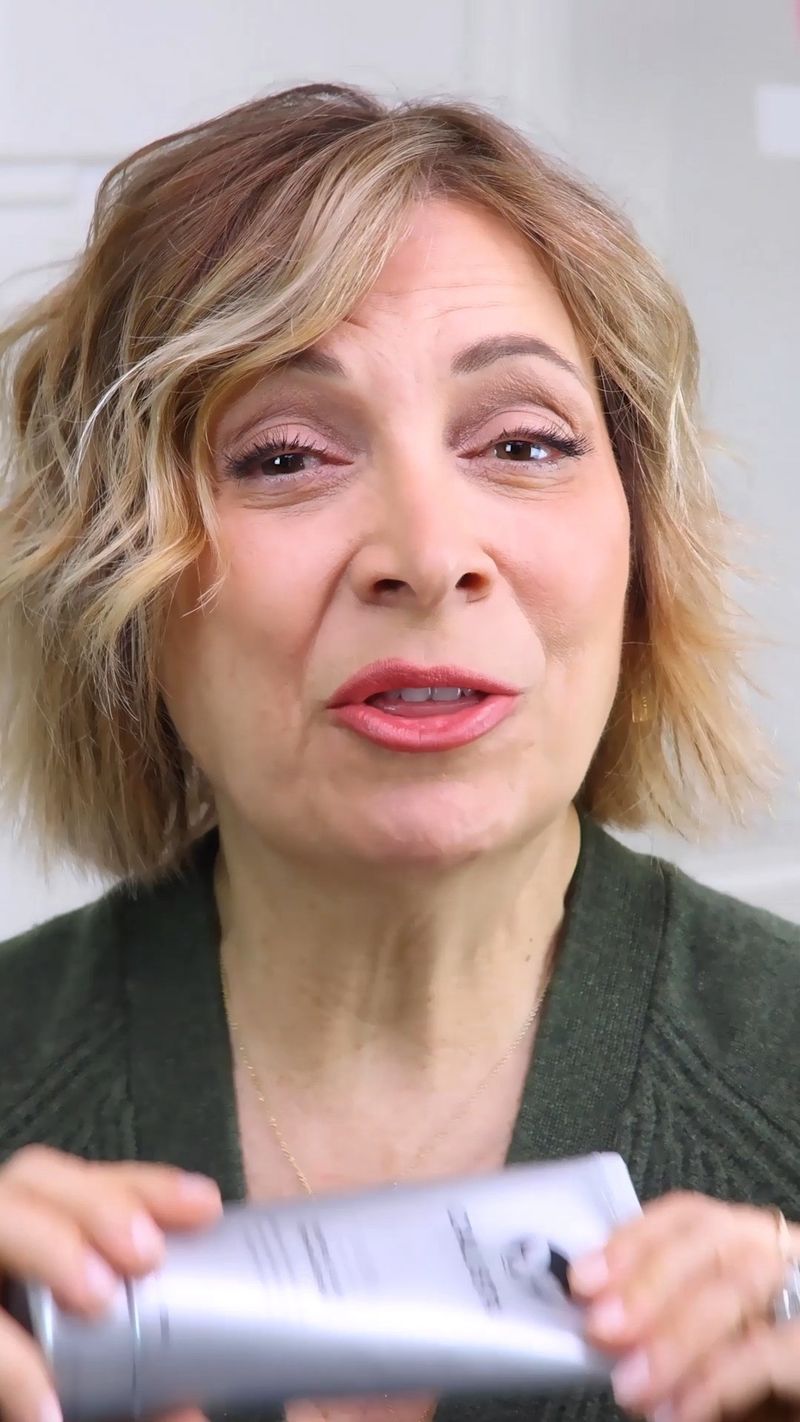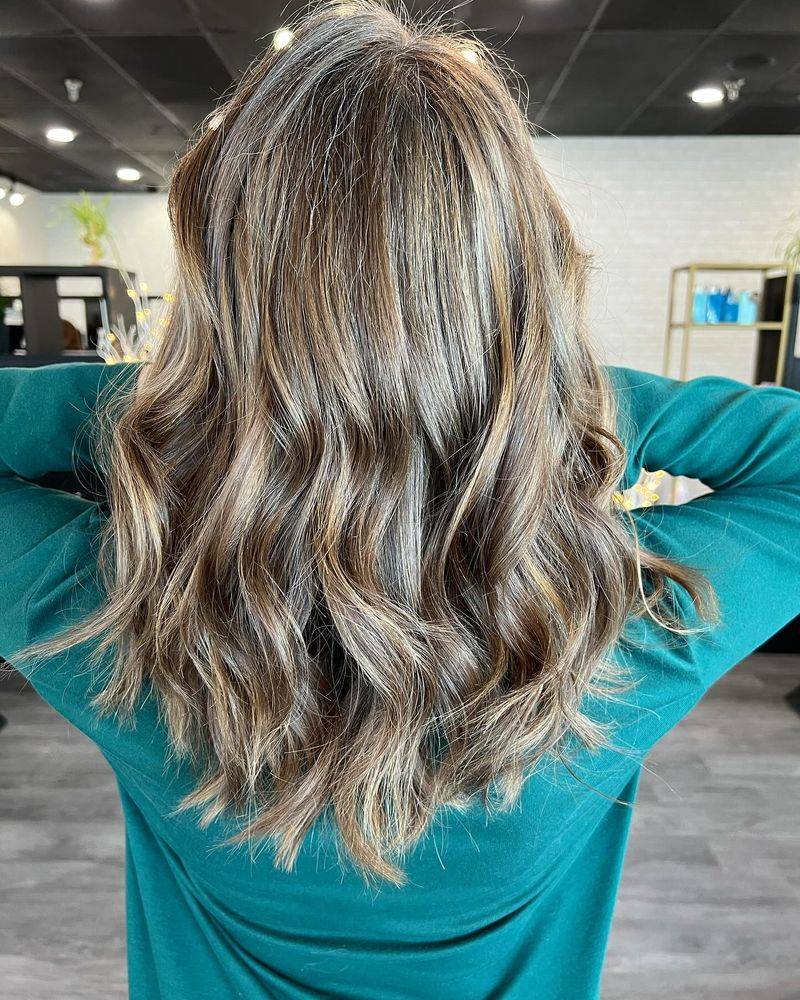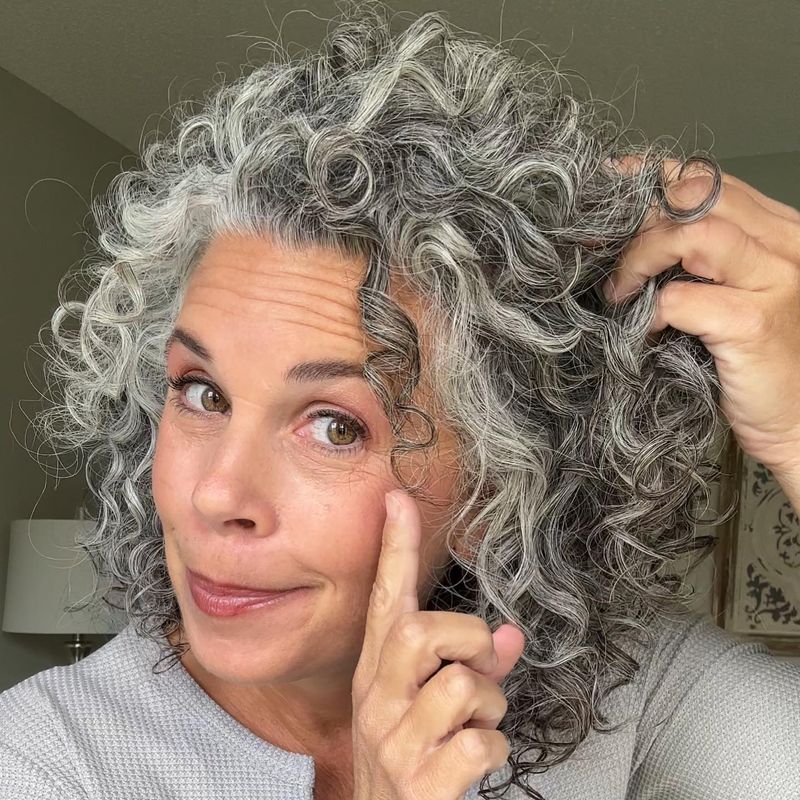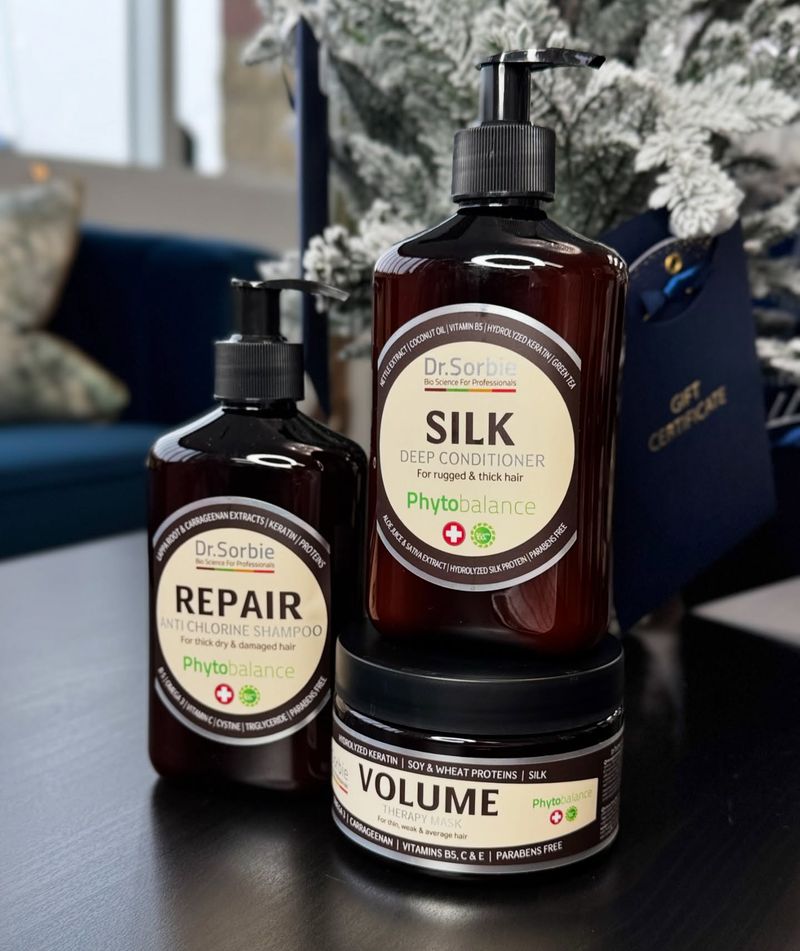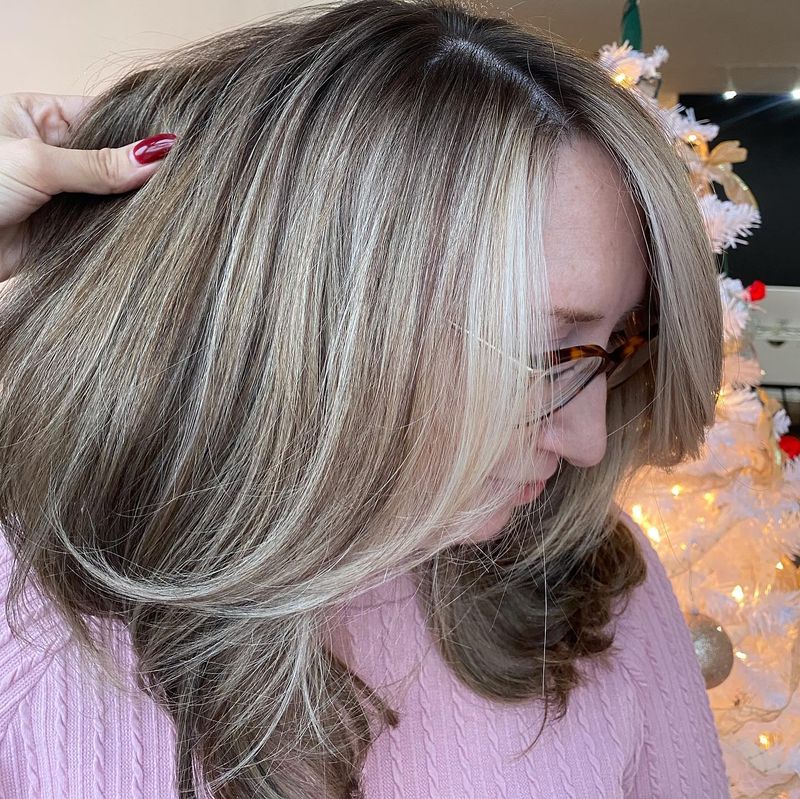12 Hair Color Tips Boomers Should Know
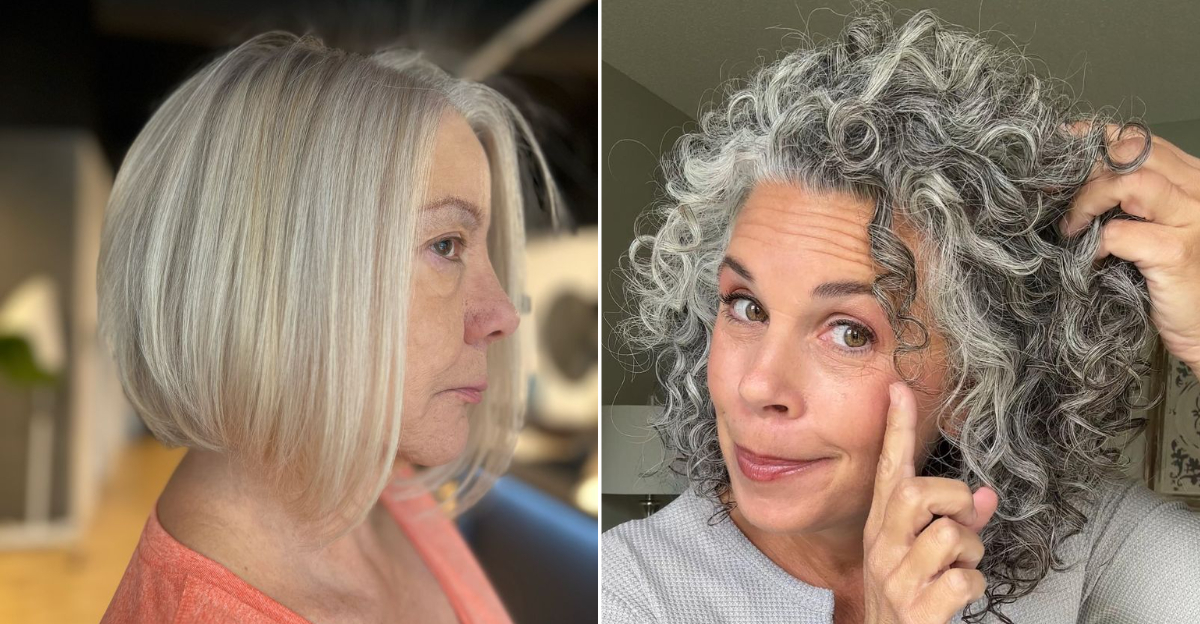
Gray hair happens to us all, but coloring it doesn’t have to be complicated or damaging.
I’ve spent years experimenting with different hair colors and techniques, making plenty of mistakes along the way so you don’t have to.
These practical tips will help fellow boomers maintain gorgeous, age-appropriate hair without the rookie errors that can make colored hair look unnatural or harm its health.
1. Embrace Cooler Tones
Warm golden shades that looked fantastic in your 30s often turn harsh against maturing skin. I learned this the hard way after a disastrous attempt at honey blonde left me looking washed out and older!
Cooler ash tones actually soften facial lines and complement the natural changes in our complexion. My hairstylist explained that as we age, our skin loses pigment, making cooler colors more flattering and natural-looking.
For brunettes, try ash brown or mushroom brown instead of chocolate. Blondes should consider platinum, silver, or champagne rather than golden or strawberry. Redheads might switch from copper to auburn or merlot tones for that sophisticated, age-appropriate look.
2. Say No To Jet Black
Nothing ages a boomer faster than flat, shoe-polish black hair color. My neighbor Jane tried it last year, and suddenly every line on her face seemed magnified!
Harsh black creates stark contrast against mature skin, highlighting every wrinkle and age spot. Natural hair contains multiple tones and dimensions, so flat dark colors look obviously artificial.
Choose softer alternatives like deep chocolate, rich espresso, or dark walnut instead. These shades provide the depth you want without the aging effect of pure black. Remember to ask your colorist for slight variations in tone throughout your hair – this subtle dimension mimics natural hair and creates a more youthful, authentic appearance.
3. Root Touch-Up Frequency Matters
I used to stretch my salon appointments to save money, but those skunk-like roots did me no favors! Gray regrowth creates a harsh line of demarcation that draws unwanted attention and ages your appearance.
For most boomers, scheduling touch-ups every 3-4 weeks keeps roots at bay without damaging hair. If you’re more than 40% gray, you might need even more frequent appointments. Between salon visits, temporary root concealers like sprays, powders, or crayons can be lifesavers for special occasions.
Consider semi-permanent color instead of permanent for less noticeable regrowth lines. Another smart option is asking your colorist for shadow roots or root smudging techniques that create a more gradual transition as your hair grows out.
4. Subtle Highlights Add Dimension
Flat, one-dimensional color might have worked in your youth, but it does mature faces no favors. I discovered this when my single-process color made my face look drawn and tired despite being the “right” shade.
Adding thin, strategically placed highlights mimics how the sun naturally lightens hair, creating movement and dimension that brightens your complexion. The technique called “babylights” – very fine, delicate highlights – works wonders for boomers because they’re subtle and low-maintenance.
Face-framing highlights are particularly effective, softening facial contours and drawing attention to your eyes. Ask your colorist for highlights just 1-2 shades lighter than your base color for the most natural effect. This multi-tonal approach reflects light differently, making hair appear thicker – a bonus for those experiencing age-related thinning.
5. Lowlights Create Natural Depth
Going too light all over is a common mistake I’ve seen countless friends make. That solid blonde might have looked stunning in your 40s, but it often appears harsh and aging on boomer skin.
Lowlights – darker strands woven throughout lighter hair – create shadow and depth that looks incredibly natural. My colorist added caramel lowlights to my blonde, and suddenly my hair looked thicker and more youthful without changing my overall color dramatically.
This technique works beautifully for blondes wanting to tone down brassiness, redheads seeking richness, and brunettes fighting flatness. Lowlights require less maintenance than highlights since regrowth is less noticeable. They also minimize damage because they don’t require bleach – a significant consideration for our more fragile boomer hair.
6. Silver Blending Is Your Friend
Fighting every gray strand becomes exhausting and expensive as we age. My sister spent years in color-coverage purgatory until her stylist suggested a better approach: strategic silver blending.
This technique incorporates your natural gray into your color scheme rather than covering it completely. The colorist adds highlights and lowlights that complement your natural silver, creating a beautiful, dimensional look that grows out gracefully.
Silver blending means less frequent touch-ups, healthier hair, and a more authentic appearance. It’s particularly effective for those who are more than 30% gray. The transition period requires patience, but the freedom from constant root maintenance makes it worthwhile. Plus, embracing some silver actually softens facial features – something I wish I’d discovered years earlier!
7. Regular Gloss Treatments Maintain Vibrancy
My biggest color frustration used to be how quickly my rich auburn would fade to a dull, lifeless shade. Then I discovered the game-changing power of gloss treatments between color sessions.
Hair gloss adds spectacular shine while refreshing faded color without the damage of full processing. These semi-permanent treatments fill in porous areas, seal the cuticle, and add a subtle tint that revives your shade. Unlike permanent color, they gradually fade without creating obvious roots.
Most salons offer glosses, but affordable at-home versions work well too. I use one every 3-4 weeks between colorings, and it’s made a dramatic difference in how fresh my color looks. For boomers, glosses are particularly beneficial because they add moisture to our naturally drier hair while counteracting the yellowing that often affects gray and white strands.
8. Combat Brassiness With Purple Products
Nothing ruins beautiful silver, white, or blonde hair faster than those dreaded yellow or orange tones. I battled this frustrating issue until discovering the simple color wheel solution: purple neutralizes yellow, while blue counteracts orange.
Purple shampoos and conditioners have become my holy grail products for maintaining cool-toned hair. I use them once or twice weekly to keep unwanted warmth at bay. For more stubborn brassiness, leave the purple shampoo on for 3-5 minutes before rinsing.
Brunettes with unwanted reddish tones should look for blue-tinted products instead. Hard water, chlorine, and sun exposure all accelerate brassiness, so consider a shower filter and UV-protective hair products. Remember that purple products can be drying, so always follow with a good conditioner – our boomer hair needs that extra moisture!
9. Soft Contrast Flatters Mature Skin
Remember when high-contrast highlights were all the rage? Those chunky stripes might have looked edgy in the 90s, but they do mature faces no favors now. I cringe at old photos showing my zebra-like blonde-and-dark pattern!
Softer, more blended transitions between colors create a naturally beautiful effect that’s much more flattering for boomer skin. Techniques like balayage, where color is painted freehand for a sun-kissed effect, or foilyage, which combines foil highlights with hand-painting, create this gentle graduation of color.
The contrast between your lightest and darkest tones should typically stay within 2-3 levels for the most natural look. This approach not only appears more sophisticated but also grows out more gracefully, requiring less frequent maintenance. Ask your colorist about these gentler techniques that complement rather than fight against your natural coloring.
10. Match Undertones To Your Skin
Choosing hair color based solely on what’s trending led to my most memorable hair disaster – a trendy ash blonde that made me look like I needed medical attention! The problem wasn’t the color itself but how its undertones clashed with my warm complexion.
Your skin’s undertone – warm, cool, or neutral – should guide your hair color choice. Cool skin tones (pink, red, or bluish undertones) look best with ash browns, platinum blondes, or burgundy reds. Warm undertones (yellow, peachy, or golden) shine with honey blondes, copper reds, or chocolate browns.
Not sure about your undertone? Check your wrists – blue veins suggest cool undertones, while greenish veins indicate warmth. Another test: gold jewelry typically flatters warm undertones, while silver complements cool ones. When your hair color harmonizes with your skin undertone, your complexion appears healthier and more radiant.
11. Moisture Is Non-Negotiable
After coloring my hair for decades, I finally understood why it felt like straw despite using quality products – colored hair requires significantly more moisture than virgin hair. Color processing lifts the cuticle and can remove natural oils, leaving hair vulnerable to dryness.
Boomer hair is already naturally drier due to decreased oil production, creating a double challenge. Weekly deep conditioning treatments are essential, not optional. Look for products specifically formulated for color-treated hair, preferably sulfate-free to prevent stripping precious color molecules.
Consider incorporating a leave-in conditioner and hair oil into your routine for extra protection. I noticed dramatic improvement when I started using overnight hair masks twice monthly. Remember that well-hydrated hair holds color longer and reflects light better, making your shade look richer and more expensive regardless of whether you chose salon or box color.
12. Update Your Shade Every Few Years
Holding onto the exact same hair color formula for decades is a mistake I made for too long. Our skin tone naturally changes as we age, becoming lighter and more translucent, which means the hair color that flattered you at 50 might not work at 65.
I now reassess my color every 2-3 years, usually going slightly softer and lighter as time passes. This gradual transition looks more natural than maintaining an unnaturally dark shade against increasingly lighter skin. Many colorists recommend going about one shade lighter every decade after 40.
Even your clothing palette likely evolves as you age – your hair color should follow suit. Bring reference photos to your stylist showing colors you like, but be open to their suggestions about what will truly complement your current complexion. The right adjustment can take years off your appearance without looking like you’re trying too hard.
13. Consider Your Maintenance Commitment
The stunning platinum blonde my friend chose looked amazing – for about two weeks. Then the inch-wide dark roots appeared, and she couldn’t afford the time or money for biweekly salon visits. Her gorgeous color became a stressful burden.
Be brutally honest about the maintenance you’re willing to commit to before choosing a hair color. High-contrast colors like platinum blonde or dark chocolate on gray hair require frequent touch-ups. If you’re busy or budget-conscious, consider lower-maintenance options like balayage, which grows out more naturally, or colors closer to your natural shade.
Your lifestyle matters too – frequent swimmers should avoid colors that react poorly to chlorine, while sunbathers might choose more fade-resistant formulations. I finally found peace with a color that allows 6-8 weeks between appointments rather than the previous 3-4 week cycle that dominated my calendar and drained my wallet.

